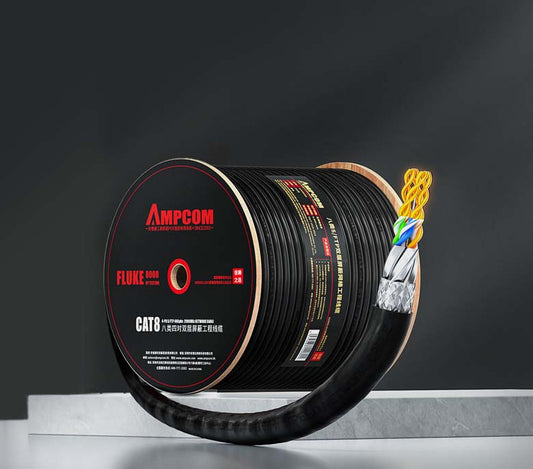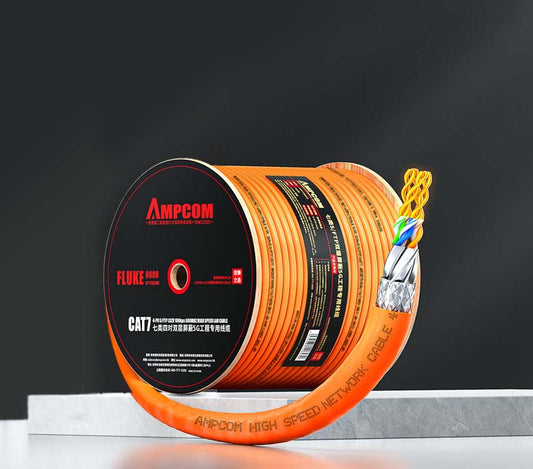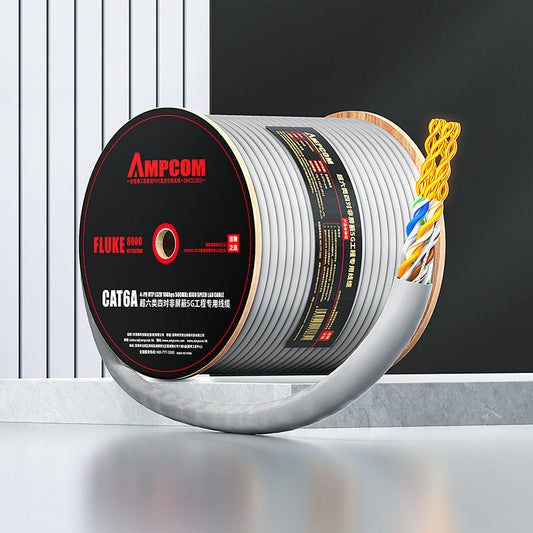光纤终端盒指南:如何为数据中心、校园和室外光纤网络选择合适的光纤终端盒
在每条光纤的铺设过程中,都有一个静谧的地方,玻璃通道与现实世界交汇:光纤终端盒。在这里,纤细的光纤线束得到保护,熔接点进行布线,连接器暴露在外以便进行跳线,未来的变更也变得轻松——或者说痛苦。选择合适的光纤终端盒,与其说是热词,不如说是物理条件和现场实际情况与您的现场环境相匹配:终端盒将安装在哪里,您现在和将来需要多少芯光纤,技术人员将如何操作,以及网络真正需要什么级别的环境和机械保护。
从环境入手,因为它悄悄地主宰着一切。 数据中心光纤端接箱或主配线架 (MDA) 内的接线盒需要高密度、整洁的线缆管理和快速接入;带有前旋出式托盘的壁挂式接线盒可以使移动/添加/更改操作顺畅无阻,并保持弯曲半径的恒定。在与电线管道共用空间的走廊或机柜中,您需要更好的防尘、应力消除和可靠的门密封。户外则需要不同的检查清单:寻找经过验证的防护等级、抗紫外线的材料以及能够抵御风雨的密封门。在电线杆或外墙上,坚固耐用的户外光纤端接箱采用铰链设计、内置接头盒和可锁闩锁,可减少暴风雨后的上门服务。这些都不是那么引人注目,但它可以保持链路稳定并降低平均修复时间。 
接下来是容量,但要把它看作一条曲线,而不是一个数字。如今,八到十二根光纤可能适合小型办公室的切换,但园区主干网和FTTH 配线柜点却呈波浪式增长。选择一款可扩展性良好的配线柜:可随着需求增长而添加的模块化适配器板(LC、SC)、堆叠时不会挤压松弛部分的光纤接头托盘,以及即使门上布满跳线也能控制弯曲半径的管理环。一款优质的配线柜可让您为尾纤和热缩套管预留空间,避免出现笨重的环路,从而窃取损耗预算中的 dB 值。如果您预计会使用分光器,请验证 PLC 模块的安装方式及其扇出方向——扇出方向是否整齐,是轻松开通和数周神秘故障之间的区别。
兼容性和工作流程决定了技术人员对您的工厂是喜欢还是害怕。将连接器类型和极性约定与层的其他部分相匹配——LC 主导高密度跳线,SC 仍出现在分界点,混合板可避免意外的现场转换。尽早决定是否使用尾纤或预端接主干线;将接头放置在管理面板后面的“跳线和接头”盒可使现场工作更快、更整洁。标签比大多数规格更重要:带有清晰正面标签窗口、托盘 ID 字段和合理光纤图的盒子可以缩短每次中断和审计的时间。将外壳与高质量的跳线和主干线配对;最整洁的盒子也无法弥补低档光纤电缆或滥用连接器的缺陷。清洁通道、真正固定的防尘盖以及在真实过道中正确打开的门——所有这些小选择都构成了巨大的可靠性。
不要孤立地选择;要将其作为系统的一部分进行选择。当终端盒、主干线、配线架和测试程序设计得相互配合时,效果最佳。如果您的主干网将汇聚多栋建筑,请规划接续点和冗余存储,以便未来的环路和各种路径有地方安放。在数据中心,要像气流一样思考:浅深度机柜可简化热通道工作,而前置式接线盒可使技术人员远离电缆阴影。对于无源光纤局域网或 FTTH,优先考虑坚固的应力消除和安全的分路器安装,以免用户增长变得一团糟。当您将接线盒集成到企业光纤布线系统中时,您将获得一致的极性、可预测的损耗以及与技术人员现场看到的一致的文档。
最后,权衡成本与终生投入。便宜的接线盒在采购订单上看起来不错,但随后却会因为门板破裂、铰链脆弱或无处存放闲置设备而悄悄地困扰您的团队多年。务必在关键部位购买金属外壳、经过数千次循环后依然密封的垫片,以及能够从第一次接线到第一百次更换都确保光纤安全的布线功能。选择一款易于养成良好习惯的接线盒:合适的弯曲半径、清晰的标签和整洁的连接器处理。做到这一点,您的接线盒就不会成为故障点——它们将成为网络其他部分快速、可预测且随时可升级的稳定锚。



